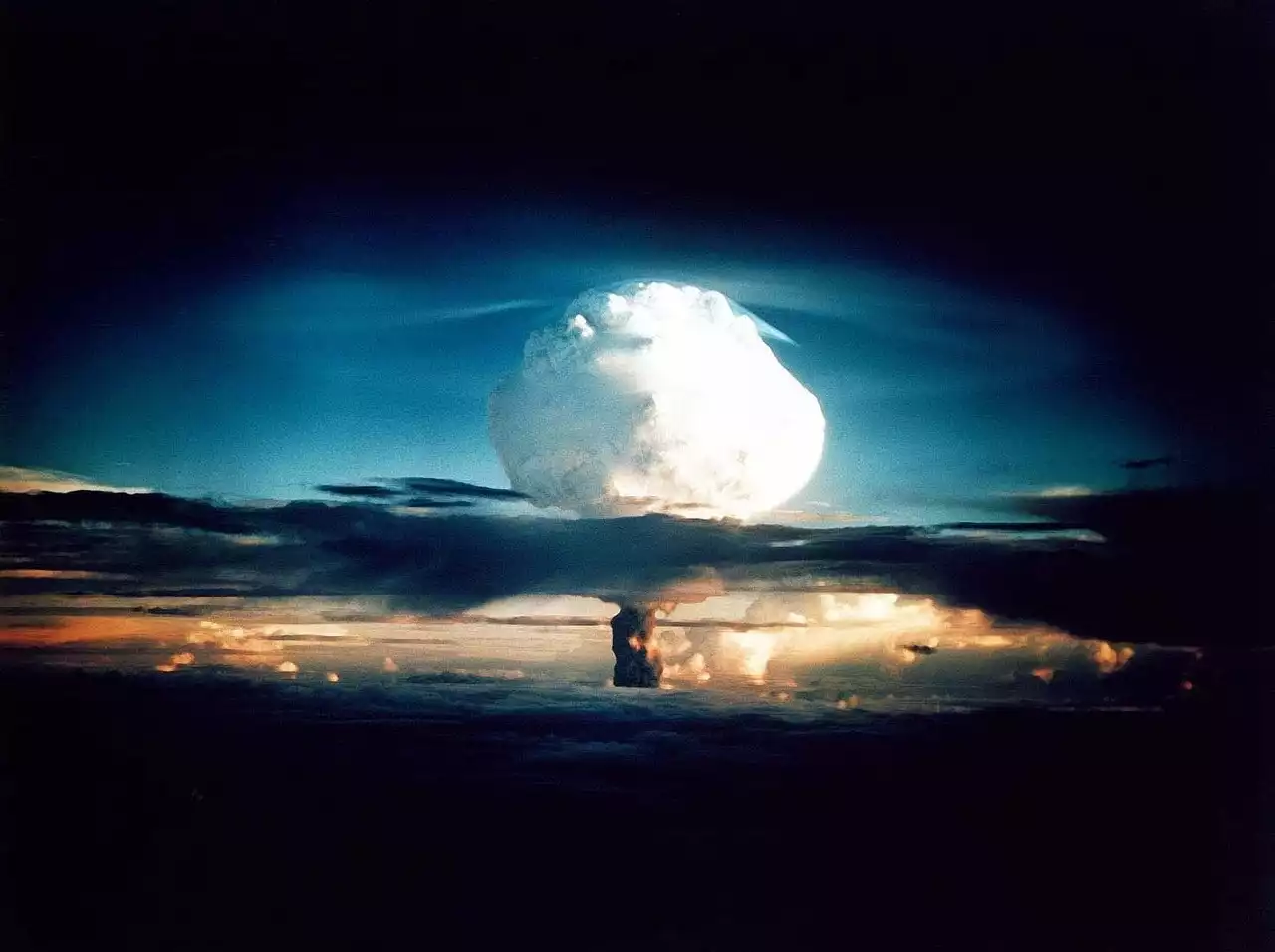Neon gas is a noble gas that is used in many applications due to its unique properties. It is a non-toxic, inert substance that does not react with other chemicals. Neon can produce brilliant red light when excited by an electric current. Since it’s also a fairly cheap element, it has become an excellent choice for indoor lighting and advertising signs because of its vibrant color display. Let’s take a closer look at this amazing gas and how it’s used today.
What Is Neon Gas?
Neon is the chemical element that is represented by the symbol Ne and has an atomic number of 10. It is a colorless, odorless, and tasteless noble gas. Neon is produced naturally by the ionization of certain minerals, particularly uranium. It can also be manufactured by the distillation of liquid air. However, it is primarily obtained from the air since air is 16% oxygen, 78% nitrogen, and 9% noble gases, of which neon is the most common. Neon is a relatively rare gas in Earth’s atmosphere and is 15,000 times less abundant than atmospheric nitrogen. Neon is used in many applications due to its unique properties. It is a non-toxic, inert substance that does not react with other chemicals. It has a boiling point of -248 °F (-120 °C) and freezes at -360 °F (-197 °C). The liquid is colorless and odorless, and the gas has a faint blue color.
How Is Neon Used in Signs?
Neon signs are large advertisements on the outside of buildings that use a gas called neon to create an illuminated image. Neon signs are usually used to advertise bars, nightclubs and restaurants. They are also used to attract customers to clothing stores, car dealerships, hotels, and more. The most common type of neon sign uses an incandescent lamp that heats a piece of glass to make neon gas glow. Other types of neon signs use an electric discharge through a gas, neon lasers, or cold cathode fluorescent lamps. Neon gas is used to make all of these types of signs. First, the glass tubing is filled with neon gas. Then, an electrical current is run through the tube to cause the neon gas to ignite. The resulting red glow from the neon gas that is inside the tube is what creates the bright red light in neon signs. The amount of current running through the tube determines how bright the neon sign is.
Safety Concerns with Neon Signs
The process of creating neon signs produces both ozone and nitrogen oxides, which are both harmful to the environment. Because neon signs often run 24 hours a day, 7 days a week, they also produce carbon dioxide, which is harmful to human, animals and the environment. The Environmental Protection Agency (EPA) has ranked neon signs as the fifth most polluting industry in the United States. The high levels of pollution emitted by neon signs are due to the fact that the gas inside the tube is uncharged, meaning no electricity is running through the tube. This means that the only thing keeping the neon gas inside the tube is the pressure. When the electricity is turned off, the pressure decreases and the neon gas leaks out of the tube. This is highly polluting and wastes a lot of the neon gas that is used in signs.
Environmental Impact of Neon Signs
The EPA indicates that pollution created by neon signs is a major health hazard. Pollution has been linked to an increase in respiratory problems, cardiovascular diseases, and cancers. Besides being dangerous for the environment and humans, neon sign pollution is also harmful to animals. Fish and birds are known to mistake the pollution in water for food, which causes their populations to decline. The EPA has proposed guidelines to reduce the amount of pollution created by neon signs. For instance, signs should be limited to one signal per location, flashing lights should be banned, the use of timers should be limited, and more efficient types of bulbs should be used. These recommendations will help reduce the amount of pollution created by neon signs and make them safer for the environment and humans.
Benefits of Using Neon Gas in Advertising Signs
- Long lifetimes: Neon signs can last up to 50 years or more, which means they are cost-effective and low maintenance.
- Energy efficiency: Neon signs use less energy than other types of lighting, especially fluorescent lights. This is because neon signs are already charged when they are manufactured, unlike fluorescent lights which need a charge.
- Cost-effective: Neon signs are low-cost to manufacture, install, and operate.
- Easily visible: Neon signs are highly visible during both the day and night because they emit a brilliant red light.
- Environmentally friendly: Neon is a non-toxic, inert substance that does not react with other chemicals.


 10 AI Tools to Boost Your Productivity at Work
10 AI Tools to Boost Your Productivity at Work
 Technology and what’s inside Todays Cars
Technology and what’s inside Todays Cars AI and Email Management: How to Keep Your Inbox Under Control
AI and Email Management: How to Keep Your Inbox Under Control What Type of Gas is Oxygen?
What Type of Gas is Oxygen? Using Hydrogen Gas as a Clean Alternative to Methane
Using Hydrogen Gas as a Clean Alternative to Methane Properties and Uses of Xenon Gas
Properties and Uses of Xenon Gas How Poisonous is Chlorine Gas?
How Poisonous is Chlorine Gas?